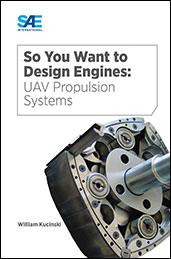Technical Paper
Propulsion Education at Carleton University
1993-04-01
931391
The paper gives an overview of the propulsion content of the programs at the undergraduate and postgraduate levels, as offered to students in both Mechanical and Aerospace Engineering.

